You Oughta Know About… Teaching Place Value
Y’all it’s only September 13th and it’s 57 degrees in Dallas!! Hello Fall! I could seriously live with this weather year round. It makes me want to go out and buy everything pumpkin that I can find, haha.
Anyway, these past 2 weeks we have been focusing on place value in math. Trust me when I say it has not been easy teaching place value as the first concept of the year! To top it off imagine trying to teach expanded form too… But, that’s what the district wants so that’s what we did. To share some of the strategies I used, I thought I’d link up with the wonderful Jasmine from [Buzzing with Mrs. McClain] and several other great bloggers for a You Oughta Know blog hop.
You Oughta Know about making place value come alive!
First things first, we use Texas GoMath for any of you Texas bloggers out there. The curriculum is OK, but moves pretty quickly and doesn’t offer much in the hands-on department. So the team decided to move at a slower pace.
For starters, we’ve spent 2 weeks on teaching place value (tens/ones, word form, standard form, expanded form) of numbers 0-80. Why 80? That’s what our district will be testing the kiddos on, and it makes it easier to focus on each number. We literally did 10 numbers a day after introducing all of these concepts. For example we spent 2 days introducing making a group of ten with manipulatives and ten frames, then we moved into the above concepts with numbers 0-10, the next day we did 11-20 and reviewed some of the previous numbers, and on and on until we got to 80. We will be going to back to cover numbers 81-120 second semester (but honestly most students could probably already apply the concept to at least 99).
I really think that breaking it up this way and moving SLOW was the key to success in teaching this concept so early in the year to first graders. We had our assessment on place value to 80 on Thursday and I was pleased with the overall results.
So what are some of the activities I used to teach place value and make it come alive?
1. We started off the 2 weeks by using unifex cubes and ten frame cutouts to model numbers up to 10. Before moving into place value I needed my kiddos to understand a group of 10.
2. Of course we also had to practice skip counting by 10s. If kiddos can’t skip count by 10s then they won’t be able to count rods and cubes! We watched the popular Have Fun Teaching video for some extra practice.
3. Once we understood groups of 10s we moved into modeling numbers using manipulatives (rods/cubes).
4. We watched this fun place value video from Mr. R about a billion times. The kids LOVE it.
5. We played “Simon Says” with tens and ones. We talked about how tens are tall and ones are small so whenever I said “Simon Says ten” the kiddos would stand tall and whenever I said “Simon Says ones” they would squat down to be small. It was a lot of fun and helpful for getting the kiddos bodies active in learning tens and ones. I also learned who was a good listener!
6. I also took the above concept and had groups of students model numbers with their bodies. IE: If I asked them to show 32 then 3 of them would stand tall to be the tens while the other 2 would squat to be ones. Then the class could decide if they were correct.
7. Once we had a firm grasp on using rods/cubes to make numbers and making quick drawings to represent them, we were able to spend more time focusing on some of the many different ways numbers can be represented. I created this Freebie for some extra practice. This was a great time to pull a small group to work on some simpler numbers with manipulatives while letting the kiddos who were understanding the concept work on numbers of their choice within the range for the day. You can grab a copy [here].
8. I found an awesome iPad app that I used to help with differentiation. A few of my kiddos had mastered tens/ones in the first day or so and were ready for a challenge. I searched the iTunes store and found an app called Math Bugs. There is a free version and a paid version for only 99 cents. The great thing about this app is you can choose how high of a place value you want students to practice to. So I was able to have some kiddos work to just a hundred while my kids who needed a challenge were introduced to place value to the thousands place.
The concept of the game is pretty simple. Each body part is assigned a value (1, 10, 100, etc) and the kids add the body parts to make the number shown. My favorite part about this is when they click the arrow to check their work, if they were missing something then it highlights the are that is incorrect. So if the kid only put 8 ones for the number 89 the app would highlight the ones box.
9. I think the hardest part of teaching this concept at the beginning of the year was teaching expanded form to go with it. Many of my students don’t have a firm grasp on addition so I’m pretty sure I earned a few more gray hairs from this! However, I found a great idea inspired by [What the Teacher Wants].
We used foam plates divided into 3 sections (plastic would work too) for practice taking the groups of tens and the group of ones and putting them together to make expanded form. I kids loved this activity and it made the concept a lot more visual and understandable for them. We practice putting the manipulatives on each side first, then we practiced just drawing them. The left side is for tens and right side is for ones.
10. We played a fun dice game with partners called Roll it! Make it! Expand it! This is a great Freebie from [Teaching 1st]. This was perfect for giving more practice to our newly acquired knowledge of expanded form.
I think that’s just about a wrap on all of the activities we did over the course of 2 weeks to introduce place value. As I was typing it seemed like a lot of activities, but when you think about how long a beginning first grader can keep his or her attention on one activity you have to be prepared with a ton of strategies! You can also see there isn’t a ton of worksheets. I challenge you to make learning come alive with meaningful activities and just a little less worksheets. 🙂
I hope at least a few of these activities will be helpful for you.
You can head over to any of these other great blogs to continue on the “You Ought Know” blog hop.


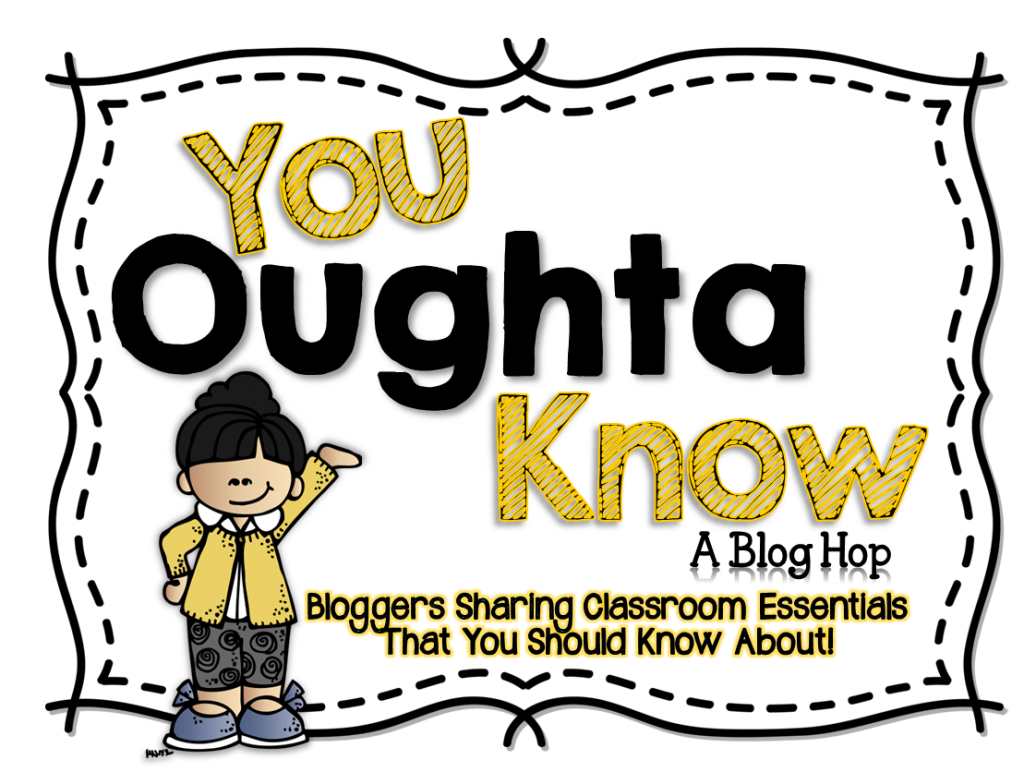
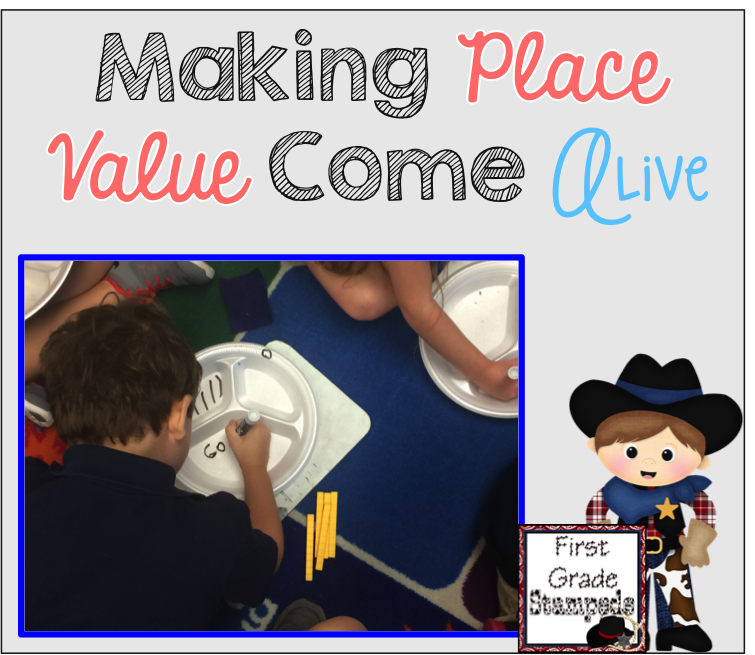
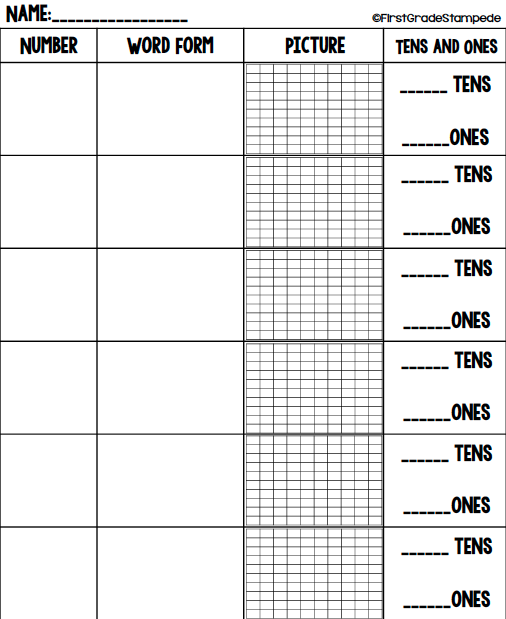

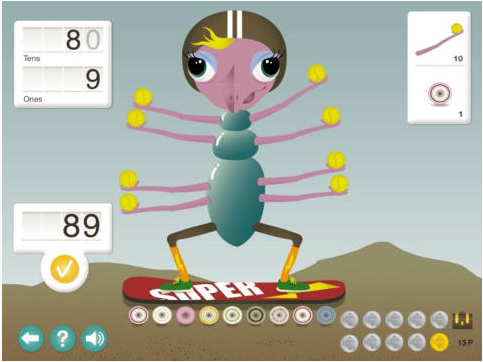
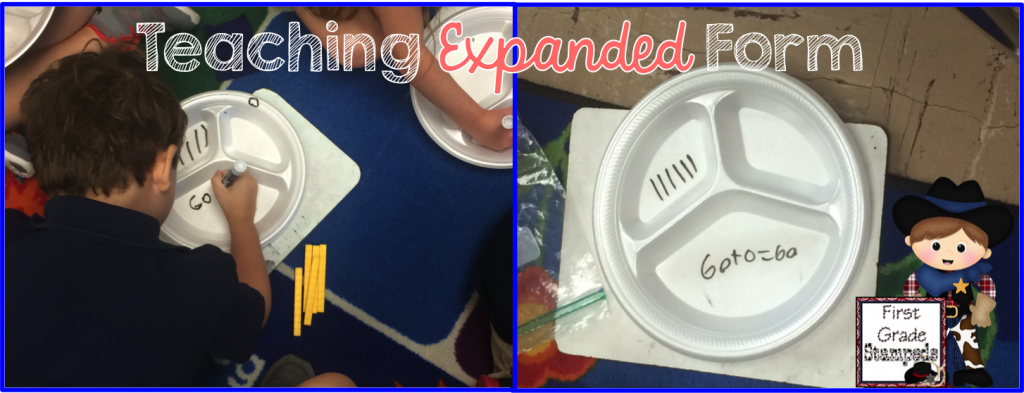
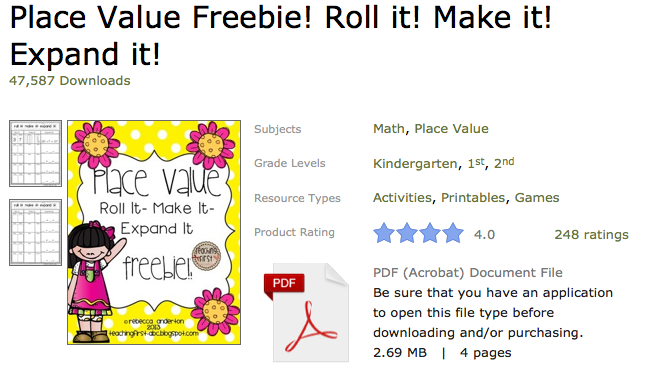
Looks like your students had fun! Thanks for sharing the videos. I have some new ones to add to my collection.
Your idea about using the foam plates is priceless! Thank you so much for sharing this resource! Great idea!
Best wishes!
TeacherKarma.com
Thanks for sharing all of your great resources!
Mrs. Plemons' Kindergarten
Great ideas. Teaching Science With Lynda
I love these two videos! i just added them to my GoNoodle favorites!
Marcy
Searching for Teacher Balance